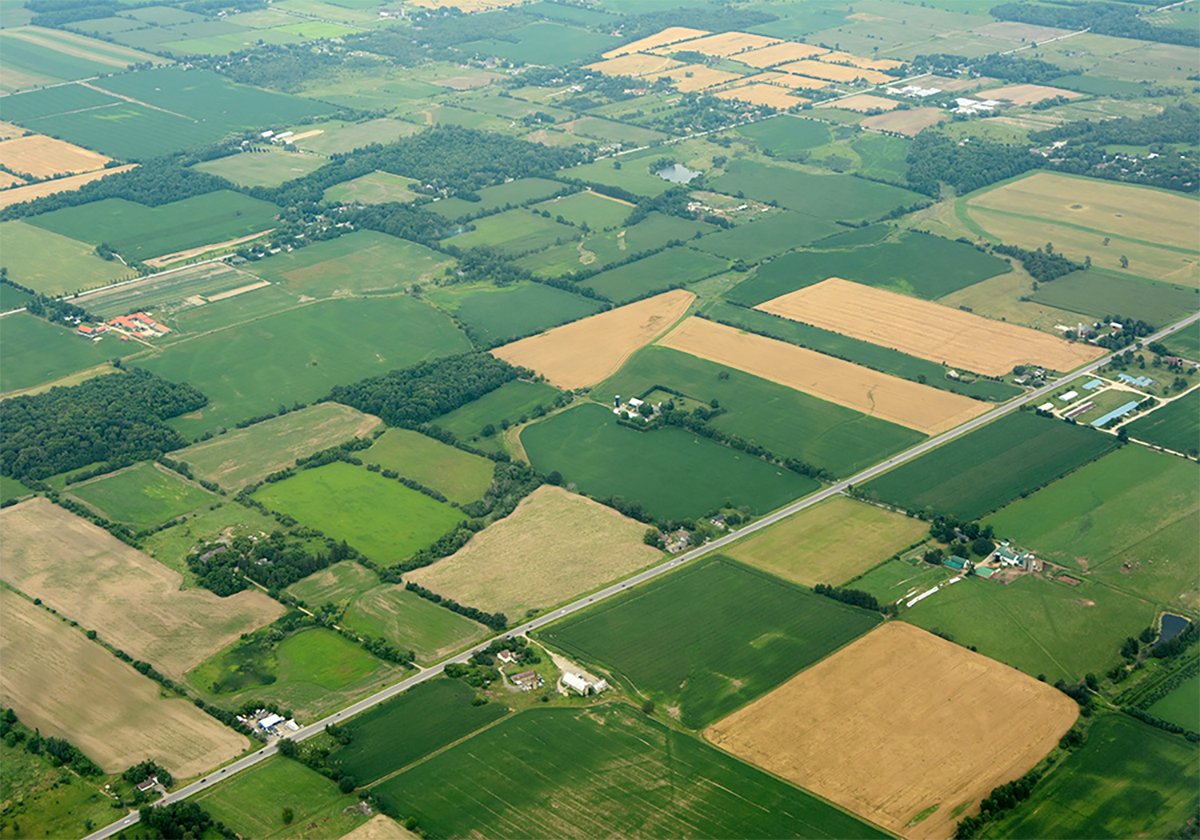Renee Ardill’s grandparents arrived in the Peace River Valley in 1920 with nothing more than a milk cow, saddle horse and team and wagon. They chose a piece of land on the banks of the Peace River, built a cabin, hunted moose and grew what they could.
“They built everything from the ground up,” Ardill said.
“Imagine being able to pick your piece of land and make what you wanted out of it.”
The Ardill family has been here ever since, running a cattle ranch on the banks of the Peace.
Read Also

Higher farmland taxes for investors could solve two problems
The highest education and health care land tax would be for landlords, including investment companies, with no family ties to the land.
However, their days could be numbered if BC Hydro’s Site C hydroelectric dam gets the go-ahead this fall from the provincial and federal governments.
The panel tasked with reviewing the project found BC Hydro failed to prove that the energy from Site C would be needed within the time frame set out in the proposal. The panel’s report, released in May, also found that there are cost-effective alternatives to building a new dam, but the province has failed to adequately investigate options such as geothermal.
If built, the dam will flood 107 kilometres of the Peace River and its tributaries. It will affect 32,000 acres of agricultural land, including flooding 9,400 acres of farmland in the Agricultural Land Reserve.
The flooding would put the Ardill’s ranch underwater. Thirty-three other farm operations would also be affected by the project, according to the panel’s report.
“This is the best piece of land in the world. My grandpa picked a good spot, ad I’m damned if I’m going give it up,” Ardill said.
However, the joint review panel’s report found that loss of agricultural land would not be significant in the context of British Columbia and western Canadian agricultural production, while acknowledging “this loss would be highly significant to the farmers who would bear the loss, and that financial compensation would not make up for the loss of a highly valued place and way of life.”
Eveline Wolterson, a soil scientist who gave expert testimony during the review process, said the panel missed the point in its analysis by looking at the current use of land, which is largely forage production, instead of land’s potential.
“The reality is that the reason that land is in forage production is because most of it is owned by BC Hydro or it’s in the flood reserve, which means that at any time BC Hydro could expropriate those lands,” Wolterson said. “That has discounted the value of that land, as well as discounted the amount of money landowners are willing to invest in a piece of property.”
The productivity of the agricultural land in the Peace River Valley is unique not only in the region but in B.C. and Western Canada, Wolterson added.
The David Suzuki Foundation recently released a report looking at the economic benefits of keeping the Peace River region’s remaining farmland and nature intact beyond the market value of agriculture in the region.
The Peace Dividend report found that the ecosystem services, such as providing clean air, clean water, carbon storage and habitat for wildlife, that the Peace River Watershed provides are worth an estimated $7.9 to $8.6 billion a year.
Ken and Arlene Boon, owners of Bear Flats Farm and log home builders, know the value of the valley all too well. They regularly see mule deer, moose, elk, wolves and black and grizzly bears on their land.
The Boons host the annual Paddle for the Peace on their farm, where they can grow crops as varied as corn and cantaloupes because of the valley’s unique microclimate. If the dam is built, they will lose their best farmland and their home.
In their submission to the panel, the Boons wrote: “As we write this submission, we feel like a prisoner trying to save his life by writing a statement that will hopefully save him from the death penalty.”
The 1,100-megawatt Site C dam has been on the books for 30 years and was turned down by the B.C. Utilities Commission in the 1980s. This time around, the B.C. government has exempted the project from a utilities’ commission review, despite calls from local politicians and the joint review panel for the independent regulator to review the project.
Esther and Poul Pedersen’s 160 acre property is above where the Site C dam would be built and is within the zone that could slough into the reservoir.
Located just five minutes outside of Fort St. John, it’s the perfect place to raise horses and give riding lessons.
“It’s really hard to replace,” Esther said. “We feel that the valley is precious.”
BC Hydro has proposed a $20 million agricultural compensation program to support projects in the region, in addition to farm mitigation plans for directly affected agricultural operations.
However, as Esther looks out over the Peace River Valley, she, like so many others, said what her family has is irreplaceable.
Emma Gilchrist is deputy editor of DeSmog Canada, an online source dedicated to environmental and social issues.
— Troy Media














